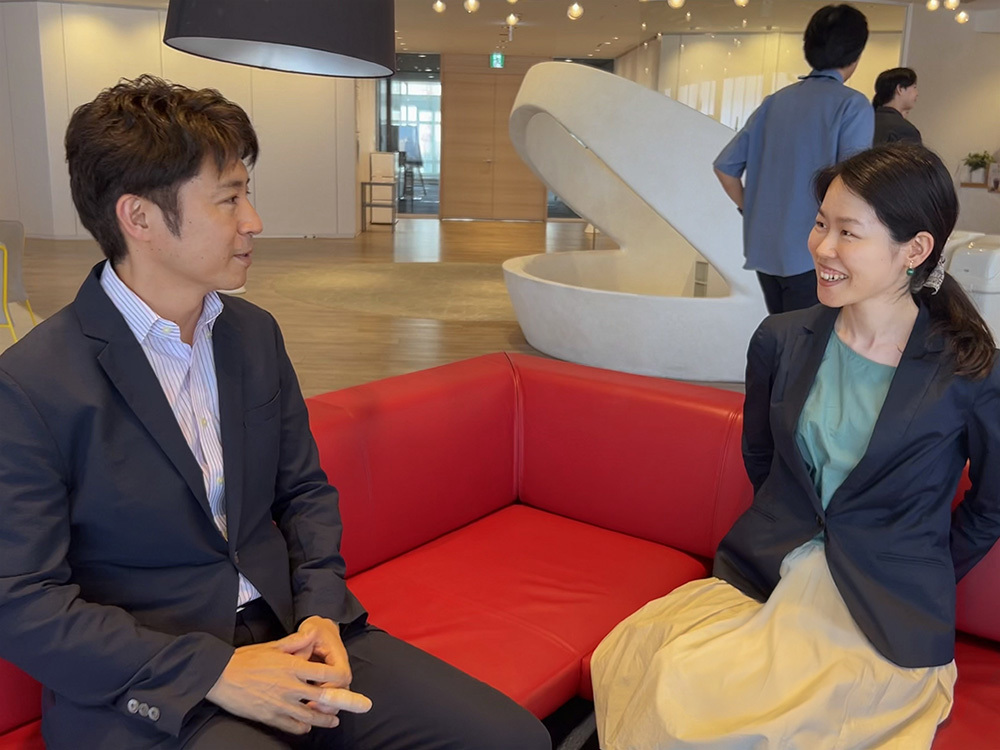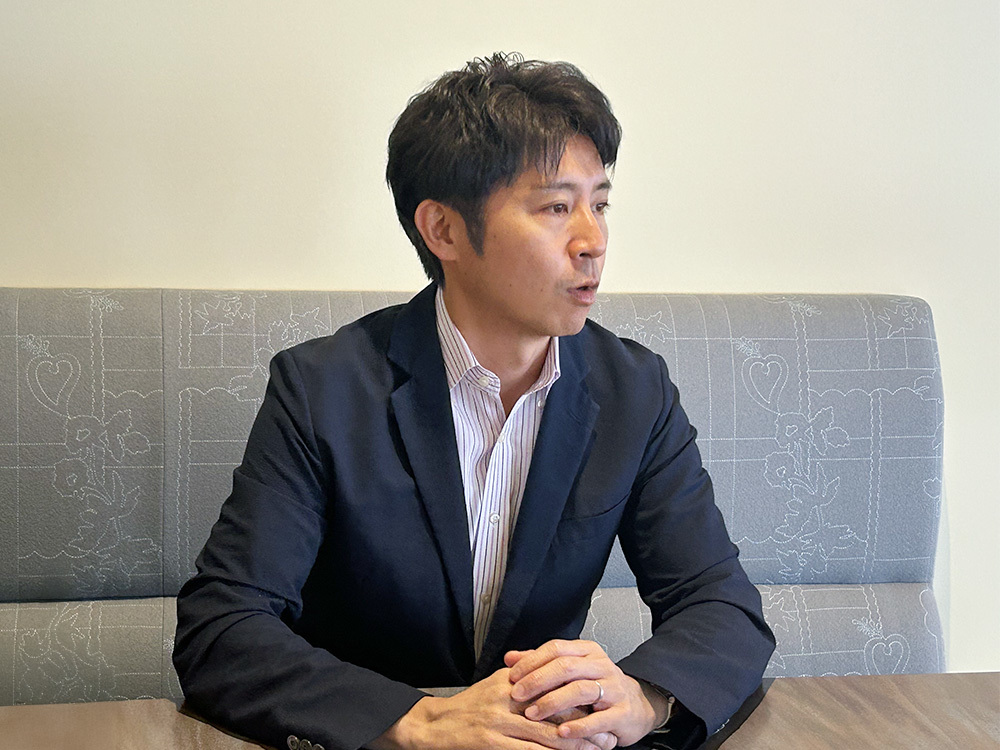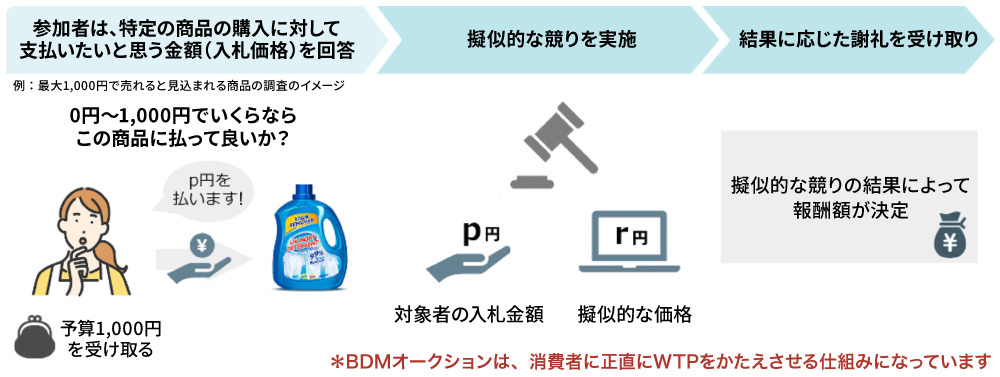A consumer survey conducted by Dentsu Inc. in June 2025 revealed a persistent consumer sentiment that " high prices leave no room for environmental considerations."
Multiple academic papers indicate that "while consumers express a willingness to purchase sustainability-conscious products even at higher prices, this often doesn't translate into actual purchasing behavior," and that "when faced with identical products at the same price, consumers are more likely to choose items highlighting personal benefits over those emphasizing sustainability."
Therefore, we interviewed Professor Yosuke Yasuda of Osaka University's Faculty of Economics on the theme of "How to Make High-Priced Sustainable Products 'Appealing to Choose' from an economic perspective," and Wakana Toyama of Dentsu Inc.'s Sustainability Consulting Office conducted the interview.
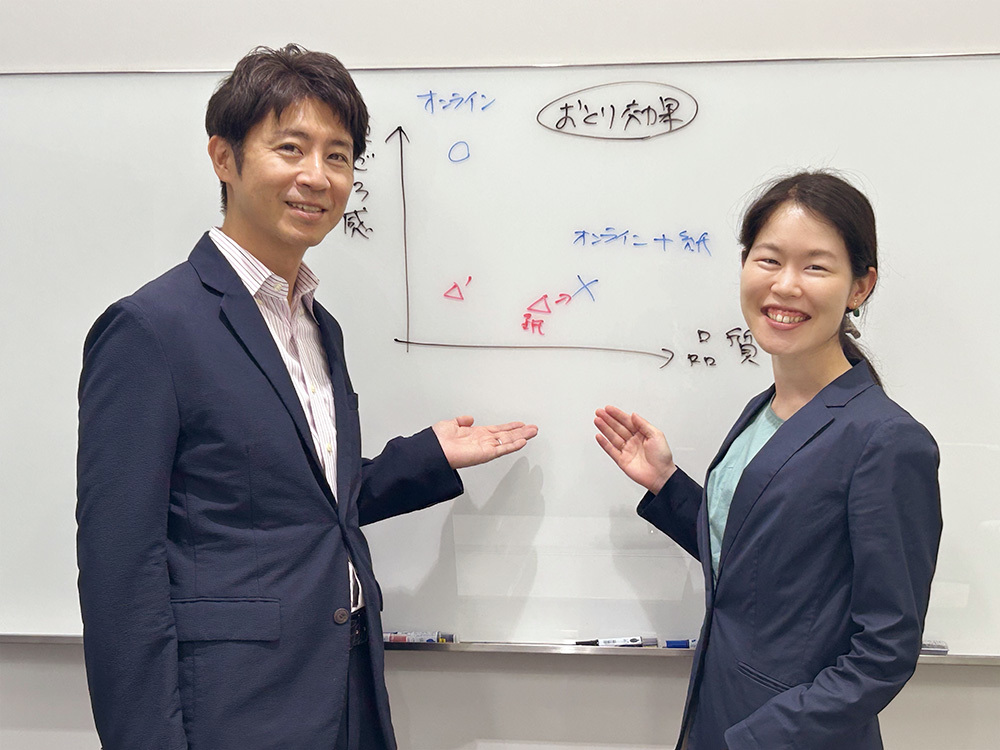
(From left) Professor Yosuke Yasuda, Faculty of Economics, Osaka University; Wakana Toyama, Dentsu Inc.
Are Sustainability-Minded Products Actually "Not Sustainable"?
Toyama: Recently, facing price hikes for rice and vegetables, I sense heightened awareness about "what constitutes a fair price?" Sustainable products are generally priced higher, and while consumers understand the environmental and social considerations behind them, they often find them less accessible. What pricing strategies could make sustainable products more appealing?
Yasuda: First, regarding "fair price," from an economics perspective, price is fundamentally determined by supply and demand. External interventions attempting to adjust prices in the market may appear effective in the short term, but they are not sustainable in the medium to long term. To put it somewhat bluntly, "sustainability-conscious products that don't sell are inherently unsustainable."
Toyama: So even if something is good for the global environment or society, it lacks business sustainability, right?
Yasuda: It's crucial to properly design the economic incentive structure and build the business around it. Doing so increases the likelihood that consumers will naturally accept it as a viable choice. Also, even for the same product or service, how it's communicated significantly impacts consumers' "Willingness to Pay."
Toyama: I see... Today, I'd love to hear insights from economics on how to increase the likelihood of being accepted as a "natural choice"!
Turning Price Increases into Opportunities: Psychological Tactics—Price Design That Wins Through the Decoy Effect
Toyama: From a business perspective, the reality is that we still need to proceed cautiously when replacing existing products or services with sustainability-conscious alternatives. Especially when switching products already on the market, or adjusting prices due to recent raw material cost increases—with multiple factors overlapping, what strategies are available? This is a challenge many companies face, isn't it?
Yasuda: Given the current reality where price increases are unavoidable, isn't now precisely the opportunity to incorporate "sustainability" as added value into pricing? By leveraging the "decoy effect," a well-known concept in the psychology of economic behavior, it's possible to influence consumer choices.
Toyama: The decoy effect... Could you give a concrete example?
Yasuda: Consider a case like newspapers or magazines offering both print and online editions. Suppose there's a price for print only, a price for online only, and a combined print-plus-online set price. For example, if online only costs ¥3,000 and the print-plus-online set costs ¥5,000, many consumers might hesitate over which to choose. This is because there's a trade-off between price and perceived value, making it hard to immediately judge which is more attractive.
Now, suppose we set the print-only price to 5,000 yen, the same as the bundle price. In this case, the print + online bundle is clearly a better deal than print alone, so consumers would choose the bundle without hesitation. Interestingly, this makes the print + online option appear relatively more attractive even compared to the online-only option, ultimately making it more likely to be chosen. While this is a hypothetical scenario for clarity, I hope you can imagine how the way prices are presented can change consumer choices.
This concept can be applied to sustainable products. For example, if a new product incorporating sustainability features is priced 20% higher than an existing product without such features, many people would hesitate to buy it. No matter how high its value, the price difference becomes too noticeable. However, what if the existing product's price were also raised by 20%? Consumers would likely decide, "If the prices are the same anyway, I'll choose the more valuable, sustainability-conscious product." In other words, by leveraging price relativity and how added value is presented, we can encourage sustainable choices.
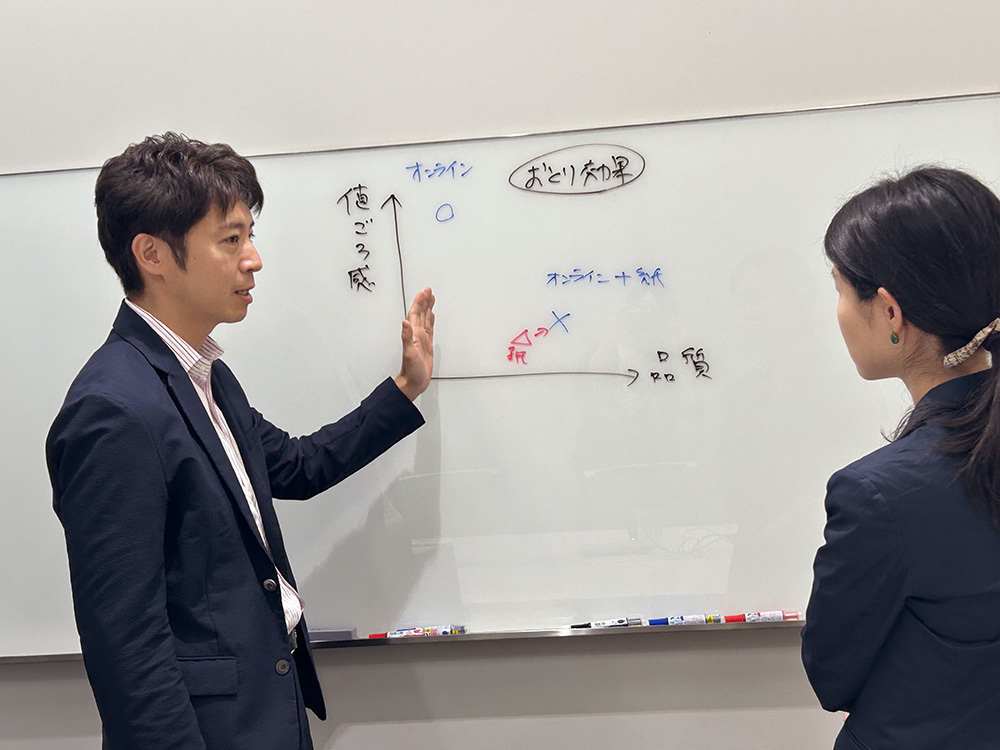
Toyama: That's true. If a regular product and a higher-priced, sustainable version are side by side, most people would naturally choose the cheaper option. But if the prices are the same, the feeling of "I might as well choose the sustainable one" kicks in naturally.
Yasuda: Rather than simply seeing the same product become more expensive, feeling like you've consciously "chosen a sustainability product" might be more satisfying, don't you think?
Toyama: The term "sustainability" often carries a specialized, intimidating impression. But reframing it as just "one of many product options" allows for a more neutral perspective, free from bias. There's also the approach of leveraging the "decoy effect" within your own product/service lineup. When raising prices, incorporating sustainable elements into products or services can differentiate you from competitors who "just raise prices." This seems like a compelling reason for customers to choose your brand.
From "meaningless" to meaningful? — Enhancing corporate value through signaling effects
Toyama: From the buyer's perspective, it's less about "I want to buy this because the product is particularly sustainable" and more about "I feel secure and can trust this company because it focuses on sustainability." I think sustainability initiatives can only be pursued confidently by business units if they are supported by corporate branding communications.
Yasuda: That's right. Even if sustainability initiatives had absolutely no direct impact on a company's profits, investing in communication might still be worthwhile. The reason is that the fact a company is investing in sustainability could be perceived as a positive signal to investors and job seekers. This is based on the economic concept of "signaling theory."
Toyama: What kind of signals does signaling theory refer to?
Yasuda: For example, companies that run TV commercials often become popular during job hunting. Since it's widely known that commercials cost money, an implicit signal is sent: "If they're running commercials, that company must be profitable and financially stable." People might think, "I'd like to work for a place with that kind of stability." For consumers, manufacturers confident enough in their products to spend money on advertising seem more reliable, making them easier to choose.
Toyama: Do companies "focusing on sustainability" also send signals beyond direct product benefits?
Yasuda: Paradoxically, one could interpret it as "sustainability is valuable precisely because it doesn't generate short-term profits." If promoting sustainability doesn't directly sell the product, the signal it sends is either "a company with the resources to pursue something that might not be immediately profitable" or "a highly agile company that can invest in sustainability with speed while others are cautious." Both could be seen as promising companies for the future. Being an early adopter in this area seems to hold significant value.
Toyama: The landscape seen by companies taking the lead and that seen by second- or third-mover companies following later will diverge over time, right? Deciding when to pivot toward sustainability messaging is a major dilemma for companies. However, the perspective that "sustainability is valuable precisely because it doesn't boost sales" is very interesting. Rather than focusing on recouping the increased costs of sustainability, proactively demonstrating a commitment to sustainability sends a signal that the company has future potential. This can lead to increased expectations for stock prices and employment intentions. Recouping investment in this manner is certainly a possibility.
Estimating Demand Using the BDM Mechanism to Uncover Honest "Willingness to Pay"
Toyama: Finally, could you elaborate on the pricing process mentioned at the beginning to elicit "willingness to pay"?
Yasuda: In economics, there's a method called the BDM mechanism (Becker-DeGroot-Marschak mechanism) for measuring an individual's willingness to pay for a good. It's a mechanism that motivates people to honestly declare how much value they place on a product. Leveraging this BDM mechanism, we launched a service last year at Economics Design Inc. that objectively measures "willingness to pay" and performs "demand estimation" in advance, thereby enhancing the accuracy of pricing and sales strategies.
Toyama: Specifically, what methods and processes are used to set prices?
Yasuda: The BDM mechanism is a pricing survey method based on Vickrey's auction theory, for which he won the Nobel Prize in Economics in 1996. It draws out consumers' "true willingness to pay." Since the survey is conducted in a pseudo-auction format, it is also called a "BDM auction." Participants can purchase the product at the pseudo-price—a price selected by the mechanism—only if their bid price exceeds this pseudo-price. If the bid price is lower than the pseudo-price, the product is not obtained. This mechanism-determined price is concealed from participants and is often randomly selected.
The key feature of this mechanism is that when a participant wins the pseudo-auction and purchases the item, they pay not the price they bid, but the pseudo-price—a value they cannot directly control. This characteristic ensures participants have an incentive to honestly declare their true value for the item. In other words, it eliminates psychological biases like "I'll bid low because bidding high seems risky" or "I'll bid high because I really want this item." It effectively elicits the "honest price participants are truly willing to pay. "
Toyama: So BDM is a system where survey participants don't lose out by honestly stating the price they're willing to pay. Is this survey conducted before a product's release?
Yasuda: That's generally correct. For products already on the market with established list prices or market rates, those figures become the pricing benchmark, making it difficult to elicit genuine perceived value.
Toyama: In the actual survey, do participants actually "purchase" the product? Also, is the survey method designed considering that even for the same product, the location where it's sold can influence results?
Yasuda: Participants do purchase the product in the actual survey. It's precisely because they have the chance to acquire the product with their own money that we can elicit their true opinions. The survey design meticulously addresses various aspects beyond the BDM mechanism, such as what explanations or pre-tests to conduct before pricing, where and in what environment to place the product, and what to ask in supplementary questionnaire surveys.
Toyama: While presentation is crucial for making products appealing to pick up, comparing and analyzing willingness-to-pay amounts across multiple presentation patterns beforehand seems like it would enable more appropriate pricing. For companies hesitating to take action because "sustainability isn't profitable," presenting convincing data showing that customers will buy at this price point and with this sales approach could make it easier to gain upper management approval.
Yasuda: Precisely, since the goal is "demand estimation," we'd be delighted if the BDM mechanism were used for such purposes.
Toyama: Thank you for sharing such stimulating insights from an economic perspective today, despite your busy schedule.
In this interview, we broadly discussed sustainability pricing—specifically, how to attractively price "sustainability products" that don't directly translate to sales.
I sensed how economic knowledge—such as the decoy effect, signaling theory, and BDM mechanisms—has the potential to transform how we engage with today's consumers. Furthermore, I felt that designing purchasing behavior by incorporating psychological approaches that influence decision-making mechanisms, beyond the framework of "whether it's sustainable," is crucial for creating systems that naturally encourage sustainable choices. (Toyama)






